Forex Weekly Outlook Apr 28 – May 2
Currencies drifted sideways in the post Easter week, and now we have a very busy week with top tier events. The all important inflation release from the euro-zone, GDP in the US and the UK, the FOMC meeting, the buildup to to Friday’s Non-Farm Payrolls and other events all promise lots of action Here is an outlook on the market-movers for this week.
The week after Easter provided some interesting developments. This time, US data was quite mixed: durable goods orders climbed nicely, but jobless claims disappointed and new home sales plunged. Will the skies clear in the upcoming week? In the euro-zone, Draghi tried to play down the euro once again, with diminishing success. He might be forced to act soon. One extreme action would be buying gold with printed euros. A central bank that is acting, but in the other way, is the RBNZ: a second rate hike in New Zealand certainly supported the kiwi. Its neighbor, the Aussie, was falling after weak inflation data. The pound remains near 4 year highs.
- US Pending Home Sales: Monday, 14:00. Signed contracts to purchase existing homes fell 0.8% in February, declining for the eighth straight month, indicating the housing sector goes through a rough patch. Pending home sales fell 0.2% in January. Analysts expected the index to rise 0.1% this time. The cold winter probably played a role in discouraging prospective buyers. Pending home sales are expected to rise by 1.0% this time.
- UK GDP: Tuesday, 8:30. Britain’s economic recovery weakened slightly in the final quarter of 2013, with a 0.7% growth rate, following 0.8% in the third quarter. The service sector was the main locomotive of GDP growth. Manufacturing grew 0.9%, though construction suffered a 0.3% fall in output. However, wage growth increased less than price inflation, indicating smaller income. However, GDP growth in 2013 was the highest since 2007 with a 1.9% expansion rate. Britain’s estimated GDP for the first quarter of 2014 is expected to be 0.9%.
- US CB Consumer Confidence: Tuesday, 14:00. U.S. consumer confidence edged up in March to its highest in more than six years posting 82.3 points following an upwardly revised 78.3 in February. Economists expected a mild improvement to 78.7. Consumers expect the economy to continue improving with a pick-up in growth in the coming months. However labor market assessment was more pessimistic in March. Consumers also anticipated larger price increases, with expectations for inflation in the coming 12 months. Consumer confidence is expected to edge up further to 82.9.
- Japan rate decision: Wednesday. The Bank of Japan left its monetary policy unchanged in April in line with market forecast, Governor Haruhiko Kuroda said on at the press conference following the rate statement that the BOJ may decide on additional monetary easing to boost the economy, although Prime Minister Shinzo Abe, did not ask for any additional measures by the BOJ to achieve the goal of an annual 2 % rise in consumer prices by fiscal 2015. Kuroda noted that the economy is in a growth trend but is still needs to attain the inflation goal and beat deflation risks. No change in rates is expected despite the weaker than expected inflation numbers from Tokyo for April.
- Euro-zone CPI Flash Estimate: Wednesday, 9:00. Annual consumer inflation in the Euro area member states was 0.5%, lower than the 0.7% posted in February and the lowest since 2009. Economists predicted a 0.6% inflation rate. This was the sixth month of low inflation defined by the ECB as the “danger zone” of below 1%. Mario Draghi suggested that the bank will take bold action should the outlook deteriorate. Inflation is expected to gain momentum with a 0.8% reading, in part due to the shift in date of Easter, from March in 2013 to April this year. Inflation below 0.5% could force the ECB to act.
- US ADP Non-Farm Payrolls: Wednesday, 12:15. The ADP report of job creation in March edged up to 191,000 from 178,000 posted in February, suggesting that the downside trend in the last few months has ended. Goods-producing sector employment increased by 28,000 jobs in March, but the main gains came from the construction industry which added 20,000 jobs over the month; compared to an average of 16,000 during the prior three months. Manufacturers added 5,000 jobs in March, the same as February. Service-providing employment rose by 164,000 jobs in March, up from the upwardly revised 153,000 in February. ADP early jobs gain report is expected to reach 212,000.
- Canadian GDP: Wednesday, 12:30. The Canadian economy rebounded in January with a growth rate of 0.5% from a weather-related contraction of 0.5% in December. Production rose by 1.0%, led by a boost in manufacturing, mining, construction, and oil and gas extraction. Services climbed 0.3% with gains in most sectors. According to forecasts, the yearly growth rate should go beyond 2%. The Canadian economy is expected to show a 0.2% expansion rate in February.
- US Advance GDP: Wednesday, 12:30. The US economy expanded at an annual rate of 2.6% in the last quarter of 2013, despite the government shutdown and the debt ceiling ordeal. The pace of growth weakened from 4.1% in the third quarter but still indicated US gross domestic product increased quite strongly in the last half of 2013, a pace unseen since 2003. A weak first half of the year impeded growth to 1.9% for all of 2013, down from 2.8% in 2012. The fourth-quarter enjoyed healthy gains in consumer spending, personal consumption rose by an annual rate of 3.3%, the strongest pace in three years. The GDP news were good for investors. US stock markets rose after several days of losses. Early estimates of GDP growth forecast a 1.1% rise in the first quarter of 2014 due to the effects of the cold winter.
- US FOMC Statement: Wednesday, 18:00. In the last FOMC statement released in March Federal Reserve Chair Janet Yellen raised the possibility of an earlier- than-anticipated increase in interest rates. The Fed is likely to taper bond buys for the fourth time to $45 billion / month, continuing the current policy. After Yellen dropped the forward guidance in her first decision, no other policy changes are likely. The focus could be on how the Fed sees the economy. If it expresses worries about the winter slowdown, the dollar could slide, and if it is upbeat on a spring bounce, the dollar could rise. The data is mixed, so the Fed might adopt a cautious approach. The bigger fireworks will probably wait for June, when the data will be clearer and a press conference accompanies the decision. For the upcoming decision, the GDP release made earlier on the same day could “steal the show”..
- Janet Yellen speaks: Thursday, 12:30. Federal Reserve Chair Janet Yellen will speak in Washington DC at the Independent Community Bankers of America’s Annual Policy Summit. She may talk about the growth trend in the US economy and may refer to her statement regarding the rate hike expected in 2015. Market volatility is expected.
- US Unemployment Claims: Thursday, 12:30.The number of Americans filing initial applications for unemployment benefits jumped by 24,000 last week to 329.000 due to temporary layoffs in the week before Easter. Economists expected a milder rise to 309,000. However the US economy is on a growth trend and the average of applications is declining. A year ago, claims stood at 343,000 indicating this year, employers hold back layoffs and increase hiring. The number of unemployment claims is expected to decline to 317,000.
- US ISM Manufacturing PMI: Thursday, 14:00. The U.S. manufacturing sector registered a mild pick-up in March compared to February, reaching 53.7. However the climb in production indicates that the U.S. economy is strengthening after the cold winter. Economists expected PMI to increase to 54.2. Overall, surveyed purchasing managers were optimistic regarding current economic conditions reporting a rise in demand. U.S. manufacturing sector is expected to continue its recovery with a reading of 54.3.
- US Non-Farm Employment Change and Unemployment rate: Friday, 12:30. The US job market continued to progress in March gaining 192,000 jobs after a 197,000 addition in the previous month. Private employment exceeded the pre-recession peak for the first time, indicating a growth trend in the US economy and supporting the Fed’s decision to continue tapering. Economists expected a higher reading of 199,000. Meanwhile, Unemployment rate remains unchanged at 6.7% however, a half-million Americans started looking for work last month, and most of them found jobs. The rise indicates that hiring increased. The US labor market is expected to expand by 211,000 jobs while the unemployment rate is predicted to decline to 6.6%.


 LinkBack URL
LinkBack URL About LinkBacks
About LinkBacks





 Reply With Quote
Reply With Quote
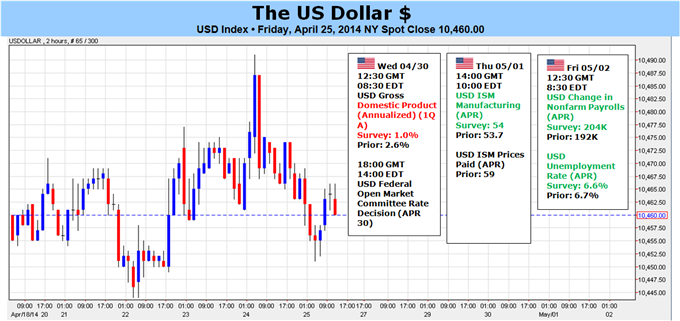

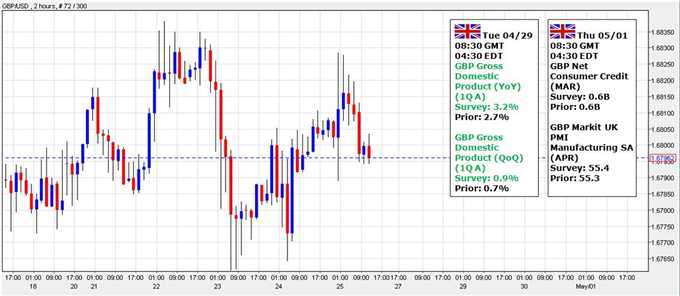
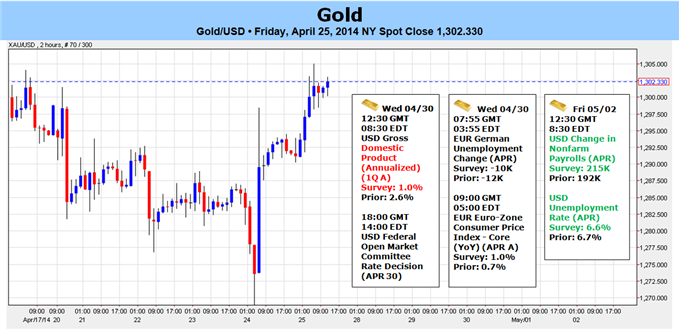
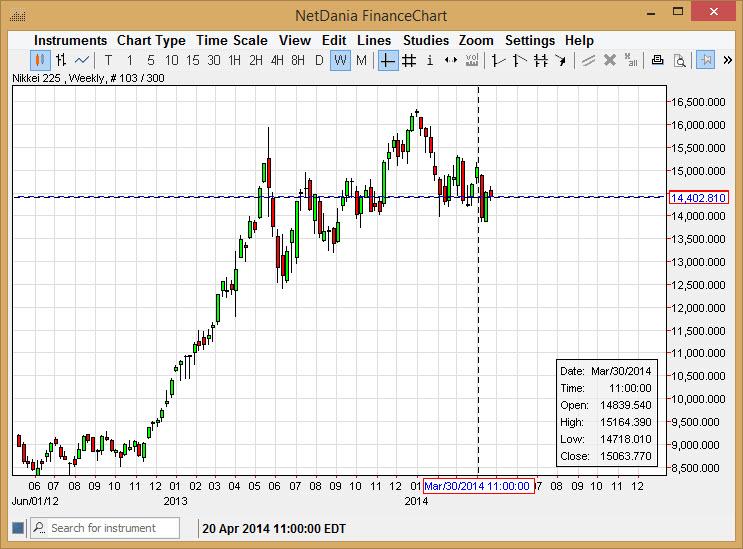

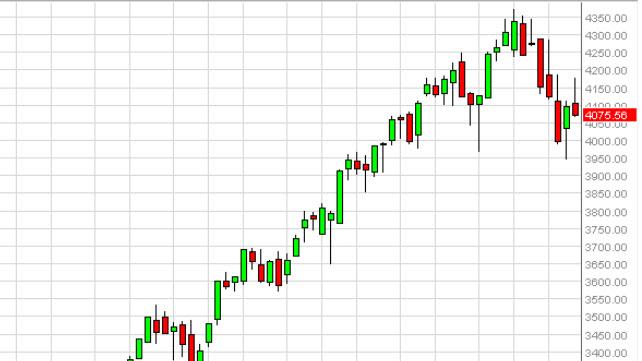
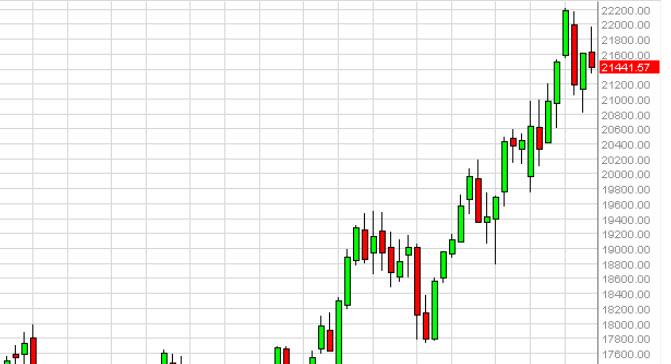
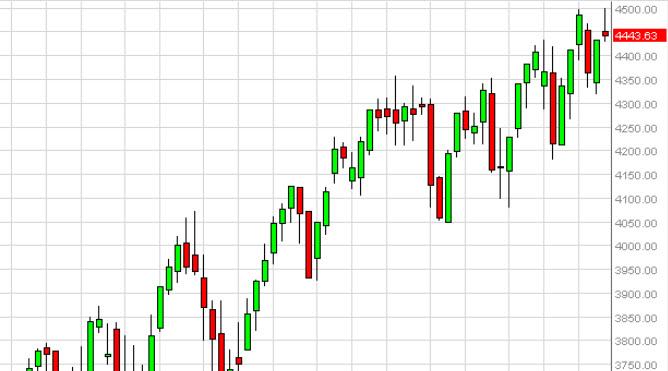

Bookmarks